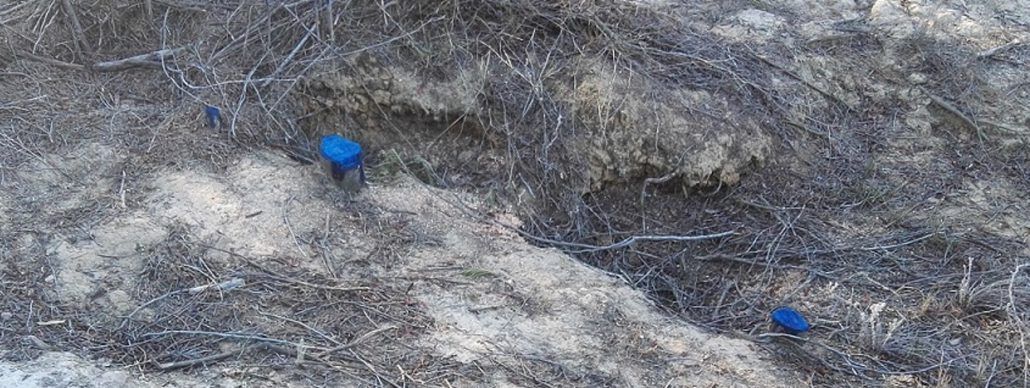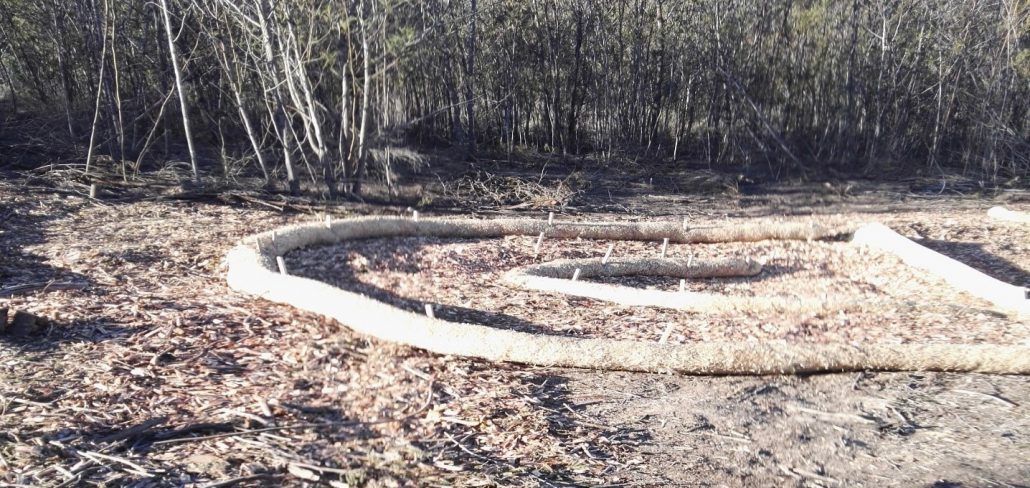The current drought and water crisis is forcing us to look at factors that are affecting water availability. The lack of rainfall is not the only thing affecting decreased water levels in our catchment areas. Alien invasive plants (AIPs) are a huge threat to water security, and therefore sustainable agriculture. In the past few months, I attended two Living Lands (http://livinglands.co.za/) workshops regarding AIPs. These workshops not only reminded me of the challenge they pose, but also offered a new perspective on AIPs. In this blog I will highlight some of the important points that came up.
Alien invasive plants have earned themselves a notorious reputation. This is because AIPs outcompete the native and planted vegetation for water, as well as other resources that are necessary for plant growth, such as nutrients and sunlight. This not only poses a threat to agricultural production, but also to the biodiversity of an ecosystem. A review by Chamier et al. (2012) points out that about 7% of our available fresh water is used by AIPs, most significantly in the grassland biome, therefore they should not be welcome on our lands.
Comparison between a densely invaded area and a recently cleared area
One benefit of clearing AIPs is the land that becomes available to either be restored to natural vegetation or contribute to increasing agricultural production. One of the different perspectives I got from attending the workshops was seeing the AIPs in monetary value. They can be used in different industries, such as making furniture or as a fuel source, offsetting the cost associated with clearing.
Now, imagine running a wood chipper that uses biogas from burning black wattle logs? Go a step further, and imagine this wood chipper mounted on to a vehicle that runs solely on this biogas fuel? Imagine no more! This is what one of the landowners showcased, proving that the possibilities are endless.
Another important impact that was mentioned was the occupation of arable land by AIPs, coming at a cost to the economy. As part of the solution, the clearing of AIPs can be done using mechanical-, chemical- and biological-control methods (read more on control methods here). One of the important considerations regarding clearing of AIPs that came up during the workshops was what happens after clearing? Clearing without proper rehabilitation increases the risk of soil erosion, leading to the sedimentation of waterways.
Recently cleared black wattle using a combination of mechanical and chemical (herbicide coloured in blue) methods
Moving forward, we need to see AIPs as the threat they are to healthy ecosystems. Before tackling the invasion on your land, consider the repercussions of clearing and possible rehabilitation options for the land. We can clear as much as we want, but without proper rehabilitation of the land and prevention of future invasion, all will be in vain.
A piece of land that was recently cleared of invasive black wattle, where hay rings have been used to reduce the possibility of erosion on the now bare area
References:
- Chamier, J., Schachtschneider, K., le Maitre, D.C., Ashton, P.J. and van Wilgen, B.W. 2012. Impacts of invasive alien plants on water quality, with particular emphasis on South Africa.Water SA 38:345-356.
- Meet Adele Bain: The trendsetting, animal-loving dairy farmer - 2017-12-05
- Breaking the wind for increased pasture wellbeing - 2017-11-30
- Mutualism:What benefits the land, benefits us - 2017-10-30



